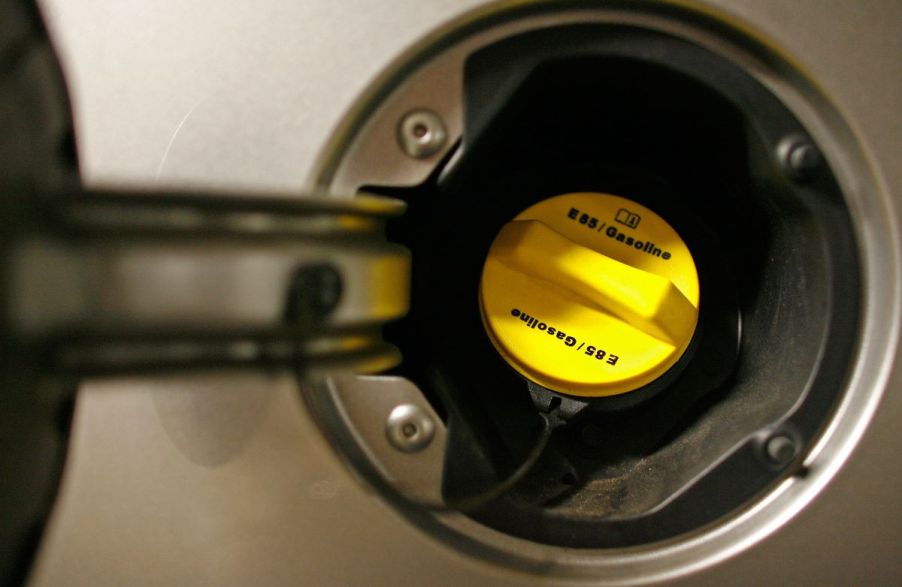
Will Check Engine Light Turn off by Tightening the Gas Cap?
The check engine light (CEL) is one of the most common dashboard warning indicators. It’s understandable if you might feel nervous when you see the check engine light, for it could be due to a serious mechanical or maintenance problem. However, fixing the check engine light might have a simple solution. In some cases, you can turn off the CEL by tightening the gas cap.
Can you fix the check engine light by tightening the gas cap?
The check engine light on a car’s dashboard gauge is due to various reasons. This includes a loose gas cap, particularly for vehicles built after 1996. If the loose cap is causing the CEL, then tightening it can fix the problem.
Why does a loose fuel cap trigger the check engine light? Modern cars have an evaporative emissions control (EVAP) system — and the gas cap is a part of it. The purpose of the EVAP system is to prevent harmful fuel vapors from entering the atmosphere, as detailed by CarParts. The EVAP system accomplishes this by trapping and purging the vapors.
Most cars built after 1996 have an “enhanced” EVAP system, which performs self-tests for vapor leaks in the fuel tank and other related parts. Also, the enhanced EVAP system is in all cars built after 1999.
The self-tests are performed by the powertrain control module (PCM), which is an engine computer. The PCM monitors the EVAP system to check for vapor leaks. When a vapor leak is detected, including one from a loose fuel cap, it turns on the CEL. Additionally, the PCM stores a diagnostic trouble code (DTC) in its memory system.
How to find out if a loose gas cap is the cause of a CEL
To find out if a loose gas cap is causing the check engine light to turn on, head to your car’s fuel door. If it’s dark, bring a flashlight. Closely inspect the fuel cap to ensure it has no cracks, tears, or chips. If it does, then you should get a gas cap replacement. Also, look at the seal between the filler tube and fuel cap. Tears or cracks in the seal could also cause a vapor leak, as detailed by MotoRad.
If you don’t see any damage from any of these components, re-insert the gas cap on the filler tube by tightening it until you hear it click in place. If the fuel cap doesn’t click in place or is still loose after tightening, it will likely need replacing.
In addition to the check engine light, some cars have a check fuel cap light. Another way to see if a loose gas cap is the cause of the CEL is to use a scan tool or code reader. The scan tool retrieves the diagnostic trouble code from the powertrain control module. Unless you own a scan tool, you’ll need the help of a service technician. Examples of codes as a result of a loose gas cap include “P0455 Evaporative Emission System Leak Detected (large leak) and P0457 Evaporative Emission System Leak Detected (fuel cap loose/off).”
If the check engine light was caused by a loose gas cap, it usually turns off after tightening it and then driving your car for several minutes.
Additional causes of a check engine light
Along with a loose or cracked gas cap, several other causes of a check engine light in a car exist. They include:
- Engine problems
- Transmission problems
- Defective oxygen sensor
- Worn spark plugs or other issues with the ignition system
- Fuel delivery problems
- Faulty mass air flow sensor
- Issues with the catalytic converter
If you’re unsure what’s causing the CEL to be turned on, then take your car to a service professional, and they can get to the root of the problem. Some maintenance and repairs might be needed.



